Welcome to Gamepublishers.com, a blog that helps the success of game developers and publishers.
If the pre-release stage is the foundation of the game, the post-release stage is the stage that determines the success of it. This is the stage where game publishers need to consider players as the center of game development.
We will explore how collecting and analyzing feedback is essential for growth, future updates, bug fixes, and maintaining a solid reputation in today’s competitive market.
This article provides developers valuable tips on using the feedback to improve their games!
Importance of User Feedback in Post-Publishing
In the game industry, players demand more and more; thus, the development process will not end after launch.
The post-publishing phase can make the difference between short-lived and long-term success.
What is User Feedback?
In the gaming industry, player feedback is valuable information for game development provided when gamers play the game.
Maybe the engagement on social media, discussions on forums, player behavior, etc,… It is users’ opinions, experiences, and suggestions for the game.
Why is it Important?
Player feedback provides developers with the north of the changes and additions that should be made to the game.
It will help game developers see bugs or technical glitches that may have been overlooked during the pre-launch phase. Also, it could tell what players like and what they want more.
The player feedback allows developers to create value updates, even new features that meet the player’s needs. It also increases developers’ game experience and makes players stick to games.
Examples of Successful Games Using Feedback
Some popular games have shown how player feedback after launch can lead to a positive change.
For example, No Man’s Sky was vilified for being content superficial and failing to deliver on its promises. It was reborn with the help of updates originating from the player feedback.
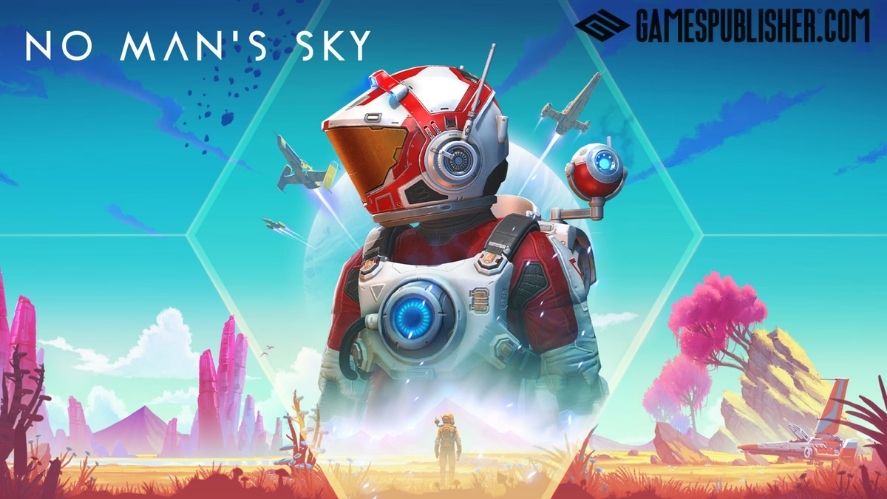
Likewise, Rainbow Six Siege had a lot of problems in the beginning. According to the gamer feedback, it has become a prosperous esports game and continuously augmentations with new maps.
As seen above, gaining and analyzing player feedback can save the game and take it to the next level.
Pay attention to your player feedback, and you will make games that resonate deeply, have sustainable communities, and stand the test of time.
Types of User Feedback
Player feedback has various forms, giving insight into the player experience.
If game developers can use these different types of feedback, they will understand how players perceive their game. Thus, make an informed survey game.
1. Direct Feedback
Direct feedback is how players engage the developers by expressing their ideas and experiences personally. This can be done on forums, customer support tickets, survey games, etc…
Thus, direct feedback is precious because it has specific suggestions to respond to player insights.
One note for game developers is to make it easy for players to share their thoughts by direct feedback.
For example, ensuring security when players give positive and negative feedback, accessible channels of reachable communication, clear incentives, and calls to action.
2. Indirect Feedback
The second type is indirect feedback, which is more straightforward than direct feedback but is just as helpful. It includes monitoring and analyzing player behavior to understand the player’s experience.
This encompasses play time data, in-game purchase behavior, etc,… Due to that, you can observe their reactions or personal experiences on social media posts, live streams, and general social media discussions.
Game developers can use user feedback tools to collect and analyze player behaviors. For example, Google Analytics, Unity Analytics, and Hootsuite.
Game developers should know how to gather insight and analysis. That is one of the easiest ways to find problems that affect players’ experience.
3. Community Feedback Channels
Reddit, Discord channels, and Steam are vibrant platforms game developers can use to communicate with players. Players often use these platforms to communicate rather than the official platforms to share their incidents.
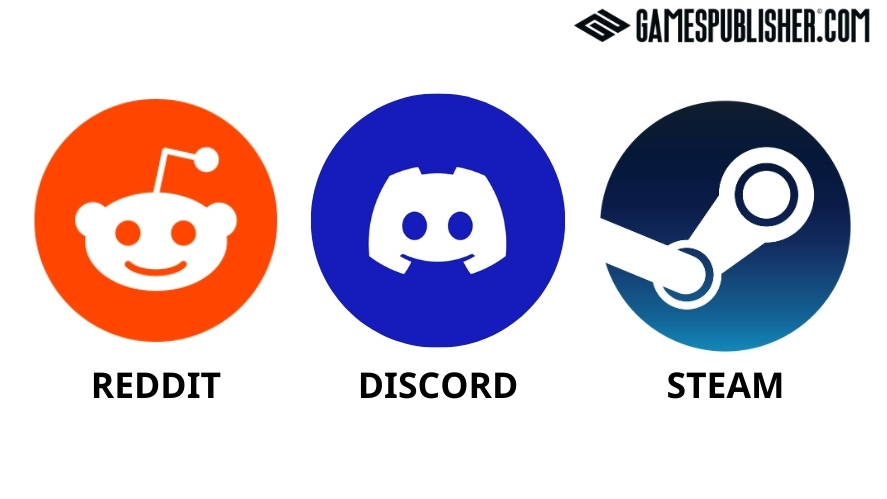
If game developers engage with these community channels, they can collect a lot of the player’s input on the game and gain helpful information.
Such channels would enable a stronger connection with the community if the admin joined the discussions and acknowledged the feedback.
Methods of Gathering User Feedback
In the stage of improving the game, game developers have many tools that can help them collect player’s feedback.
With multiple methods, developers can gain all players’ experiences from basic to detail.
1. In-Game Surveys and Polls
Using surveys incorporated into the game allows for the easy and non-intrusive acquisition of player responses. These tools let developers ask about aspects of the game, measure customer satisfaction, and try new features.
In-game surveys and polls (Polling.com, for example) are better than others because they reach when gamers play the game.
Also, it allows players to divide their responses by level or preference, giving data for experience personalization.
2. Post-Launch Reviews on Digital Platforms
The Steam client, PlayStation Store, and Epic Games Store are full of players’ reviews and feedback.
Post-launch reviews can gather much information, including the players’ actual experiences.
It would be great to receive good feedback, but bad feedback is the most useful for development. It can help developers find out problems, what players expect, and what can develop.
3. Social Media Monitoring
Social platforms like Twitter, Facebook, and YouTube frequently communicate between the game developer and the player.
So, actively monitoring these platforms during gameplay provides candid player opinions and helps gauge community sentiment around the game.
Therefore, it helps developers stay with players’ feedback besides handling issues that people are already complaining about.
Also, it creates a direct interaction channel with players, increasing the perception of the game and providing support for gamers.
4. Third-Party Tools and Software
Several third-party tools and software help to make the feedback collection and analysis process more effective.
For example, Zendesk or UserVoice is designed to collect and sort information from various sources. It enables game developers to follow trends, focus on popular problems, and work with develop team.
Typically, tools have features such as analysis, which assists in player satisfaction, customized reporting, and more. If used well, teams can handle player feedback quickly and transform it into positive results.
How to Analyze and Interpret User Feedback
Gathering user feedback is only the first step.
The real value of data is to gain insights for game development. That means you must transform player feedback into the roadmap for the game.
Quantitative vs. Qualitative Feedback
Gamer feedback can be categorized into two types:
- Quantitative
- Qualitative
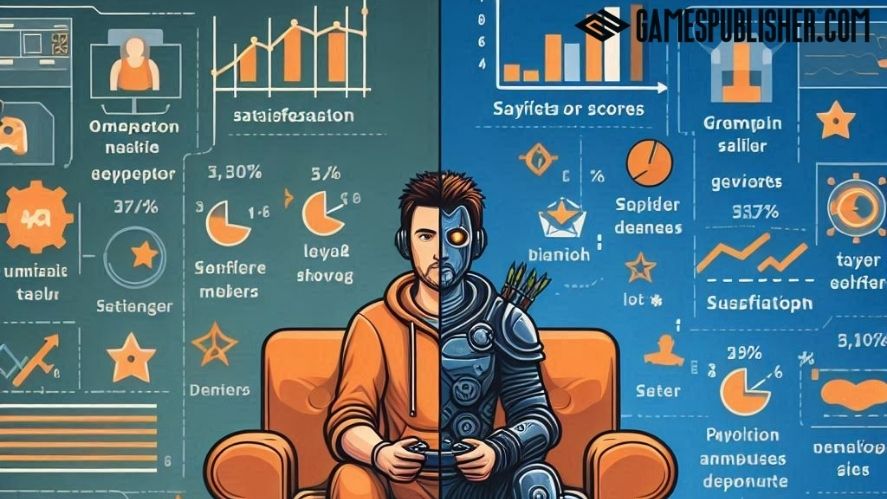
Quantitative feedback employs numbers that may be ratings, scores, or in-game metrics. This type shows player satisfaction and helps track trends over time.
On the other hand, qualitative feedback presents broader gaming data on players. It is found in the reviews, comments, and forum user discussions.
Although more subjective, it provides an overview and shares the rationale behind the player’s emotions.
Both types of feedback are equally essential to know more about player experience. With the help of both, developers can make decisions backed up by data analysis coupled with players’ feedback.
Identifying Trends and Patterns
Analyzing feedback can be overwhelming, but finding patterns is crucial for identifying trends. It is good to prioritize feedback that can be measured in-game or has statistical support.
For instance, if the players complain about boring one part of the game or data shows that people quit playing simultaneously, it is time for change.
On the other hand, if a new feature receives rave reviews in reviews and player engagement success metrics skyrocket, it’s a sign that the developers are on the right track.
Understanding Player Sentiment
In addition to comments and sentiments, it is crucial to gauge the sentiment of the player group.
Some analysis tools like MonkeyLearn or Lexalytics can sort feedback as positive, negative, or neutral, giving an overview of the player’s experience.
Remember, capturing players’ emotions will help game developers monitor and handle problems before they break out. They usually use it to decide on the direction of development, ensuring that resources are allocated correctly.
By analyzing data and having insight into the player’s feedback, game developers can clear the path for their games in the future.
Responding to User Feedback
Satisfaction and feedback surveys are only just the tip of the iceberg.
A game developer’s dedication to their community shows how well they listen and follow the players’ feedback.
Acknowledge and Communicate
Acknowledge all the feedback, even if it is negative.
Thanking the players will go a long way in making them understand that their feedback is valued. When addressing negative feedback, to be used, be respectful và grateful.
Inform the community clearly of changes based on their feedback. Such transparency engulfs confidence and makes the players feel valued within the game.
Implementing Changes Based on Feedback
Successful game developers know the importance of prioritizing feedback.
Not all the ideas thrown into the table can be implemented, but if these proposals fit the game’s vision, they should be weighed.
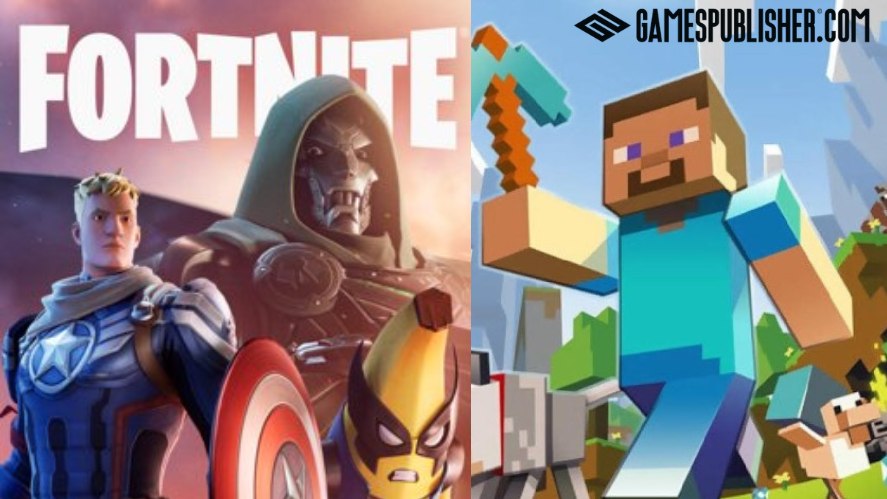
Numerous examples of games grow from handling the feedback from players. For example, games like Fortnite and Minecraft have grown enormously by combining player feedback into their updates.
This way, the game developers can show the community that they are willing to change and make necessary adjustments when needed.
Engaging the Community
Ongoing interaction with the community is one of the biggest reasons behind the success of a game.
Let periodic reports on how feedback is used and propose the community’s input on the decision-making process whenever possible.
Remember, maintaining community vibrancy can determine success.
Regularly provide updates on how feedback is used and ensure transparency in the decision-making process. Offer updates that reflect players’ desires to maintain their involvement and trust.
Continuous interaction and ownership make the player loyal to the game. It provides the foundation for future sustained growth and active community.
The Impact of User Feedback on Game Longevity
When new games grow at a rapid pace, player feedback becomes critical for a game and plays a key in the long-term success of the game.
Continuous Improvement Cycle
Player feedback is a continuous improvement loop. To that end, developers must listen to what problems they encounter. Then, improve the game in light of the input.
This makes the game undergo continuous change to meet the player’s needs. So, this is a loop.
Commitment to continuous improvement will keep players feeling excited. When players see their feedback affecting the game, they feel proud and want to be with it.
Building Stronger Communities
Listening to the feedback gamers have given is one of the keys to ensuring a massive follow-up of fans for the game.
When players feel heard and valued, they will likely participate in online forums, share, and increase community interaction.
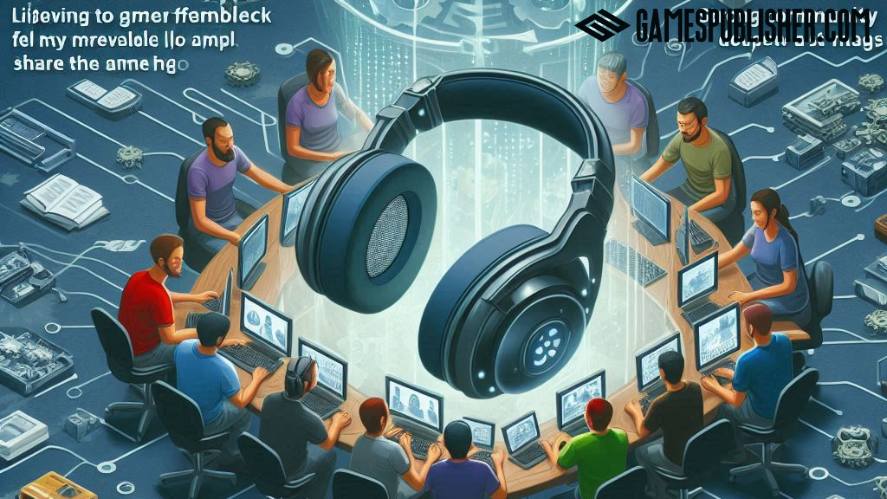
A strong community can help with marketing, generate buzz, and share. By maintaining such feelings, the developers can keep the community growing.
Increasing Player Retention
Player retention is a critical factor in the success of a game. If you address feedback well, this number will increase, as will player loyalty.
Responding to feedback, whether fixing bugs, balancing gameplay, or adding new features, shows a commitment to meeting player needs.
Moreover, a game known for actively listening to players and making meaningful improvements is more likely to attract new players.
The developers foster the players’ trust and contribute to the game’s growth by addressing the feedback and prioritizing improvements.
Challenges in Managing User Feedback
Despite many valuable benefits, user feedback has its drawbacks.
It is essential to deal with the feedback and respond to negative comments without losing direction and the game’s vision.
Handling Negative Feedback
Constructive feedback, including negative one, has to be worked through. Realizing the difference between constructive criticism and plain old flaming is essential.
When answering negative game feedback, ensure the language used is professional and accompanied by empathy.
Acknowledge player feedback, take time to share the feedback, and make sure the player feedback will be taken into consideration.
Remember, even negative feedback can be helpful. It can show where a game developer made a mistake or did not meet a player’s expectations.
By thoughtfully addressing negative feedback, developers can turn it into an opportunity to build trust and improve their game.
Balancing Developer Vision with Player Demands
Balancing the original idea of the game with player feedback can take time and effort. Thus, a game developer must determine which feedback supports their game and which may shift the very essence of the game.
For example, complaints about the Always Online feature and the Auction House in Diablo III occurred. After removing these features, the game returned to its trueness.
Likewise, No Man’s Sky was not what people expected and faced criticism. However, the game became successful with the updates after listening to the gamers.
These examples demonstrate that sticking to the original idea is essential, but some changes can make a game even better for players.
All these elements must be well coordinated, the right decisions made, and the changes being made well explained to the community.
Conclusion
In conclusion, player feedback is helpful for game developers and video game publishers when gamers share their opinions about the game.
That is an opportunity to communicate with gamers, and then game developers can develop games far beyond gamers’ expectations.
To learn more about this topic and join the discussion about how player feedback can influence the gaming industry’s development, visit Gamespublisher.com!
Loading survey...

